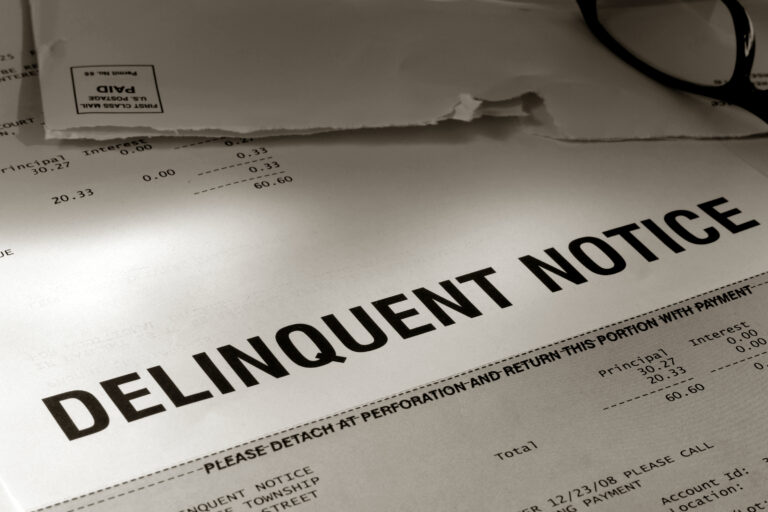Liquidity ratios are used to measure the immediate health of a business in terms of how well a company could potentially meet its debt obligations. A company with a liquidity ratio of 1 — but preferably above 1 — is in good standing and able to meet current liabilities. Anything below 1 means the business will have issues paying debts.
Liquidity ratios in themselves are not a metric but rather a class of metrics, including current ratio, quick ratio, cash ratio, and others. These ratios help show whether a company can pay its bills without turning to outside credit. Let’s take a closer look at a few of the most important liquidity ratios, including how they are calculated.
3 types of liquidity ratios
Three commonly used formulas to determine liquidity are current ratio, quick or acid test ratio, and cash ratio. Each is valuable and serves a different purpose but answers the same question.
1. Current ratio
The current ratio formula measures whether a company can meet short-term debts with assets on hand. Current assets are considered to be assets that can quickly be turned into cash, like accounts receivable, short-term deposits and securities, and cash. An ideal current ratio is around 1.2-1.5. It shows a company is ready to pay current obligations, prepared for unanticipated market shifts, and not unnecessarily keeping assets on the sidelines.
Current ratio formula
Current Assets/Current Liabilities = Current ratio
Example: If you have assets of $1.2 million and liabilities of $1 million, your current ratio is 1.2
2. Quick ratio / Acid test ratio
The quick ratio formula (sometimes called the acid test ratio) calculates how well a business can pay current debts with quick assets.
Quick assets are assets that can be turned into cash within 90 days. These may include accounts receivable, marketable securities, or even inventory.
A quick ratio under 1 means a company is in danger of being unable to meet immediate debt requirements. Too large a number means a business may lean on a specific asset too much.
Quick ratio formula
(Cash and Cash Equivalents + Current Receivables + Short-Term Investments)/Current Liabilities
Example: If you have $1 million in cash, accounts receivable of $800,000, $400,000 in short-term investments, and $2 million in liabilities, your quick ratio is 1.1
3. Cash ratio
Cash ratio calculates the ratio of cash (or an equivalent) to all liabilities. It shows how ready a business is to pay all liabilities. When evaluating a potential loan, the cash ratio is of particular interest to creditors. It’s a measure of a company’s floor value.
If something catastrophic happens, can the company still cover its liabilities? Can a company pay all debt immediately, if required? The cash ratio can answer these questions.
A cash ratio of 1 or slightly higher is desirable. It shows a responsible company that is mindful of debt but doesn’t leave money in a bank account.
Cash ratio formula
(Cash + Equivalent)/Current Liabilities = Cash ratio
Example: If you have $5 million in cash on hand and liabilities of $4 million, your cash ratio is 1.25.
Understanding the importance of liquidity ratios
The health of a business can be measured in numerous ways, from pre-tax profit margin to accounts receivable turnover, but liquidity ratios show the state of a business right now. This snapshot of the state of a company is particularly valuable for external parties.
Namely, liquidity ratios can:
1. Provide insight into a company’s ability to cover short-term obligations
Liquidity ratios can immediately show whether a company is financially secure or in danger of defaulting on debt obligations. Higher levels of liquidity indicate that a company could pay off short-term debts.
2. Help creditors decide if they should loan money
It’s standard practice for potential creditors to examine a company’s liquidity before extending credit. Loan providers want to know if a business can meet its debt obligations. Low liquidity could mean higher interest rates for a loan or having your loan request rejected. Unable credit can limit a company’s growth or expansion potential.
3. Help investors determine if your company is worth investing in
Similar to creditors, potential investors use liquidity ratios when investigating your business. A low liquidity ratio is alarming, but an abnormally high number can also be concerning. Keeping significantly more cash on hand than is necessary means missed opportunities, leaning towards being overly cautious. It may tell investors that a company is unsure how to grow its business or maximize available resources.
Invoiced: Improve your company’s liquidity ratios
A good liquidity ratio improves the bottom line, increases the value of a business, and opens up more growth opportunities. The easiest way to improve your liquidity ratio if it’s too low is to increase on-hand assets, and one of the most effective ways to increase on-hand assets is to ensure that your customers are paying on time.
Here, your accounts receivable operations take on an added layer of importance. Submitting early invoices will start the payment process sooner, and following up when needed will increase cash flow. These are simple steps that can have significant impacts but, if done manually, can take away from other important efforts.
Invoiced’s automated accounts receivable software can do this and much more for you. It takes all the stress of manually tracking customers and automates the process, removing complexity and meaningfully impacting a business.
To learn more about how Invoiced can help you get paid faster, schedule a demo today.






